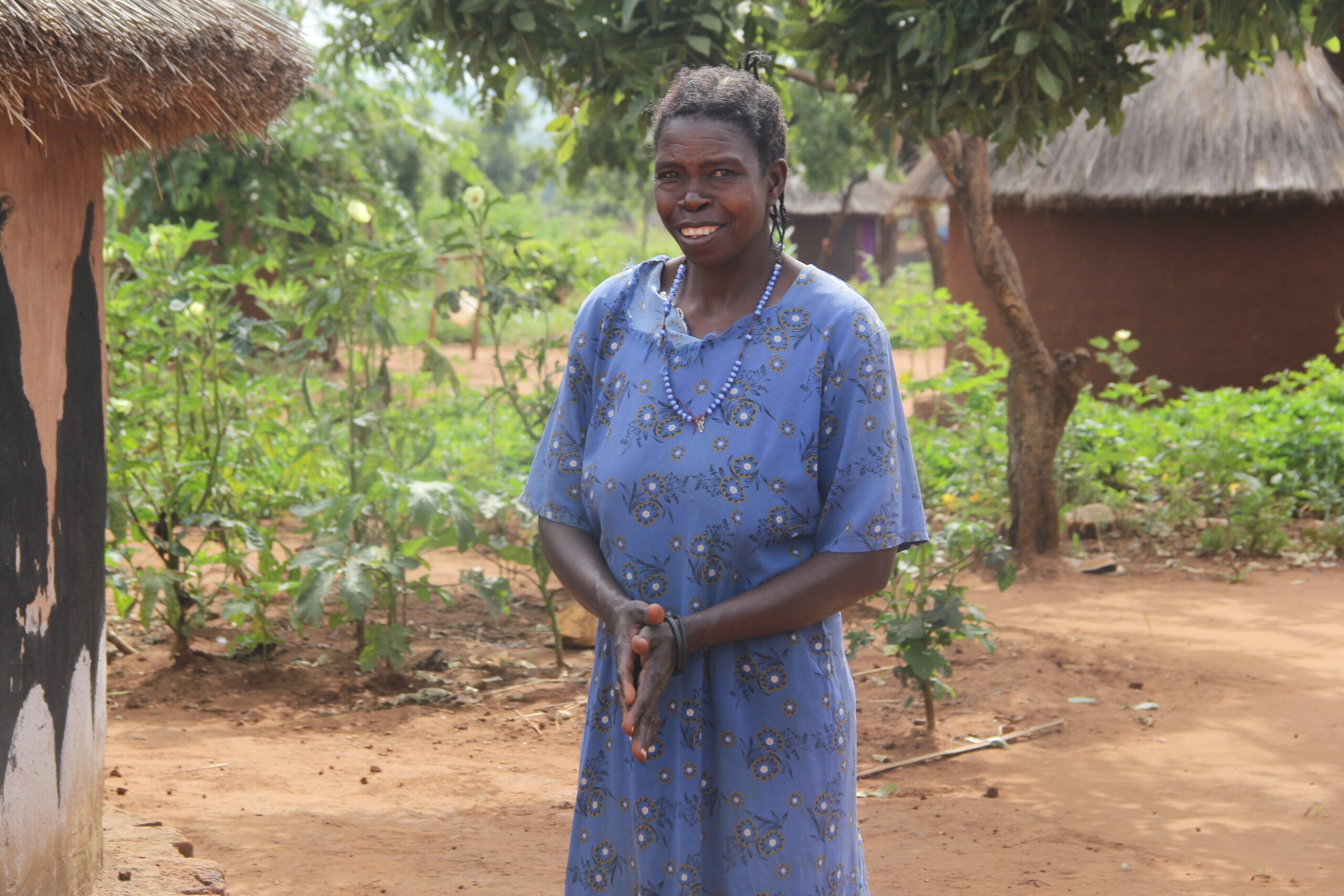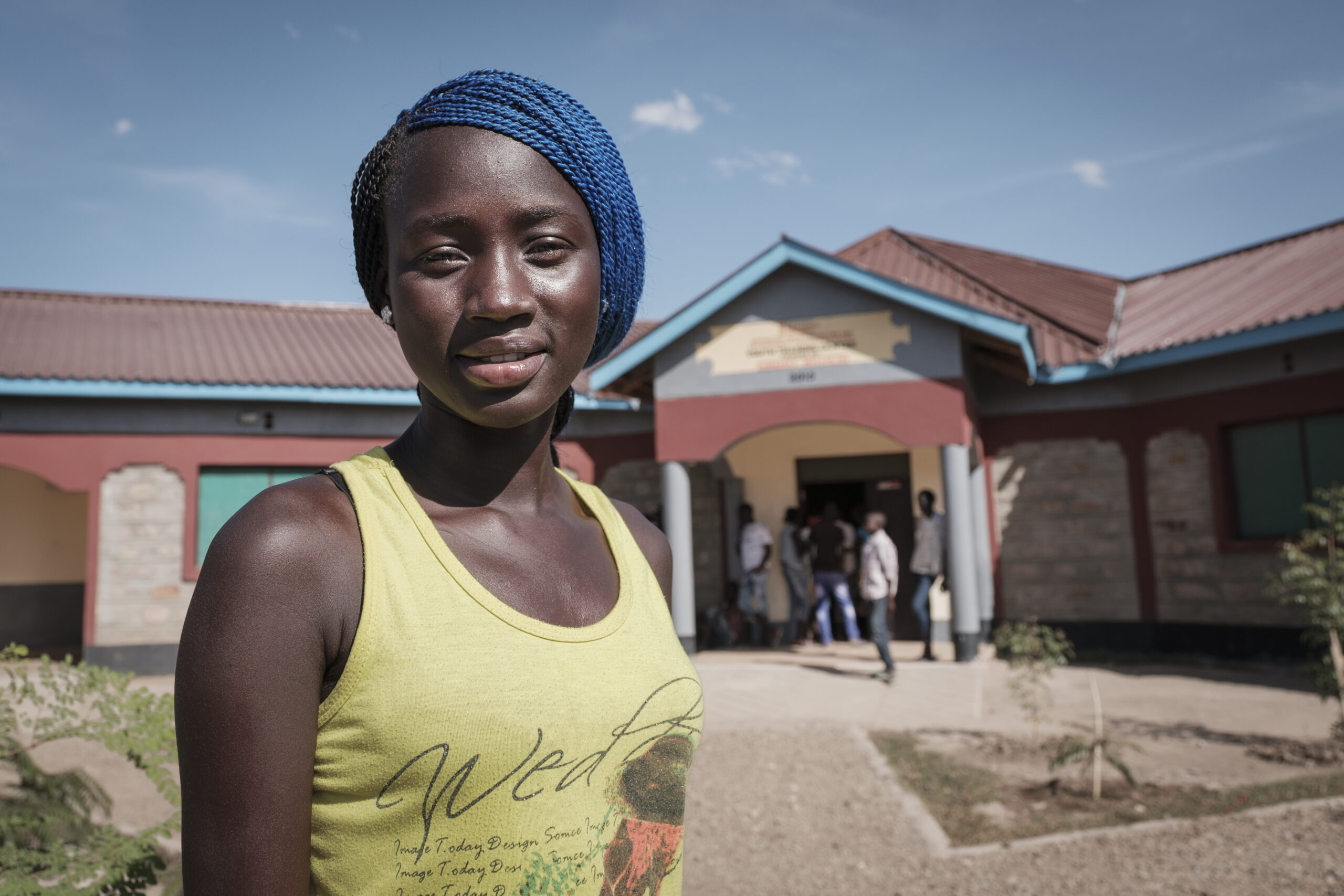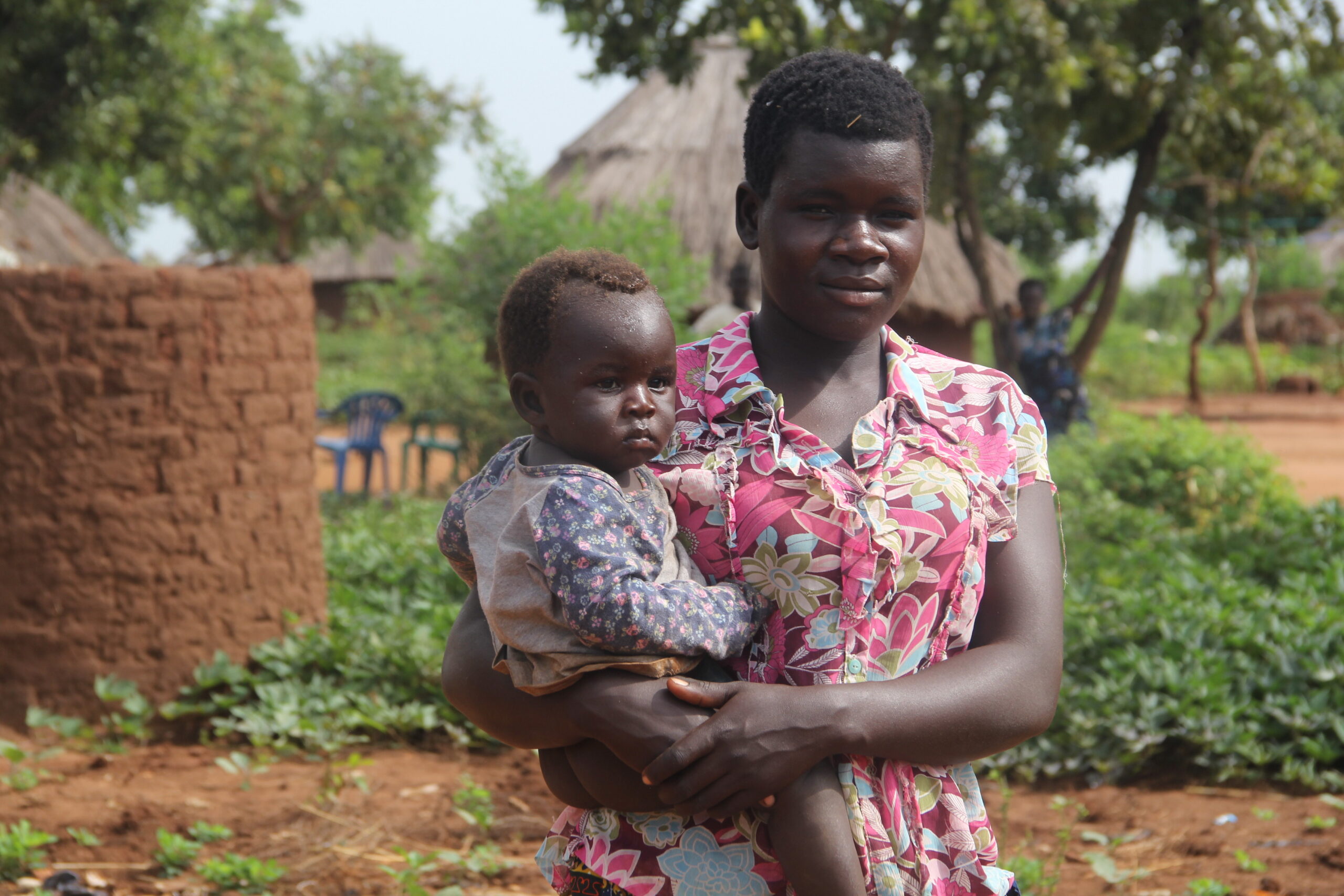Emerging learning and good practices from East and Horn of Africa region offer much to build upon, adapt, and replicate in other contexts. Several key developments are worth noting. First, shifts away from a predominant focus on returns movements towards finding more durable solutions for hosting refugees and IDPs can be observed across the region. These shifts can be increasingly seen in new ways of working, such as consortia programming between humanitarian, development, and resilience actors, as well as in more consistent engagement from development partners such as the World Bank in displacement responses. Second, there are many innovative examples of longer-term approaches to thematic areas such as: HLP; self-reliance; and integrated programming for host and displaced communities. New durable solutions coordination structures are also being implemented, in particular at local and municipal levels across the region. These allow for increased multi-stakeholder coordination, and whole-of-government involvement and ownership of processes. Collaboration between humanitarian, development, resilience, peace building, and state building actors around participatory area-based approaches that are led by local governments are emerging. Third, regional actors, in particular IGAD, have been instrumental in changing the regional discourse on durable solutions and bringing governments in the region together around a common agenda.
Click below for:
ReDSS work and achievements are made possible through the active engagement and generous contributions from its members and funding partners. ReDSS would like to thank them for their continued support and commitment to do more and to do better together in the search for durable solutions in the East and Horn of Africa region.


